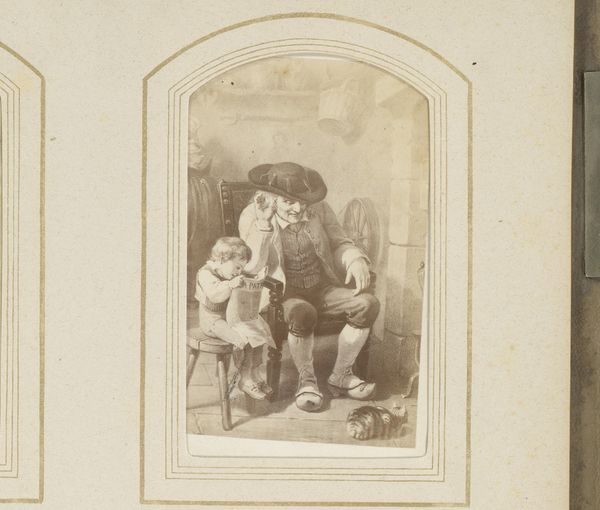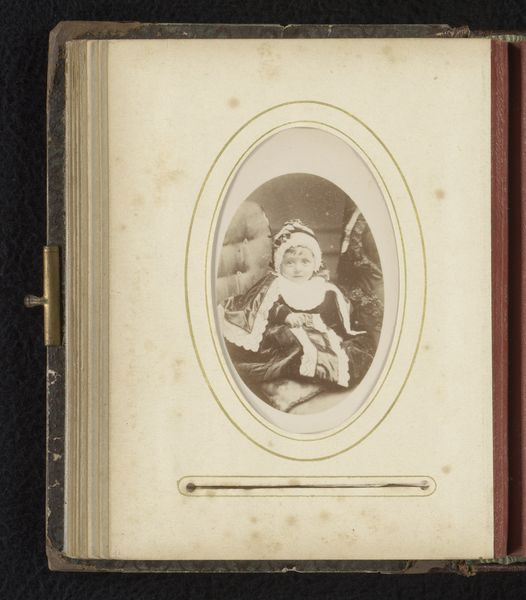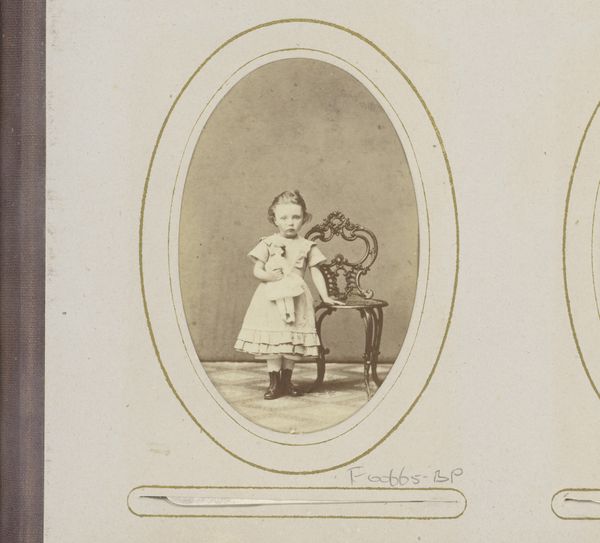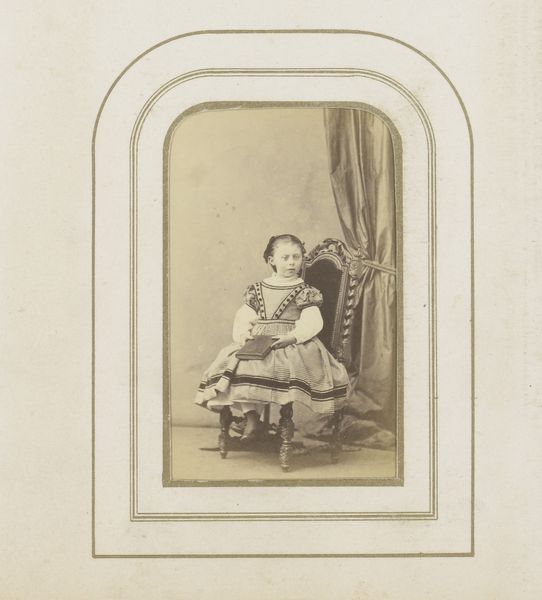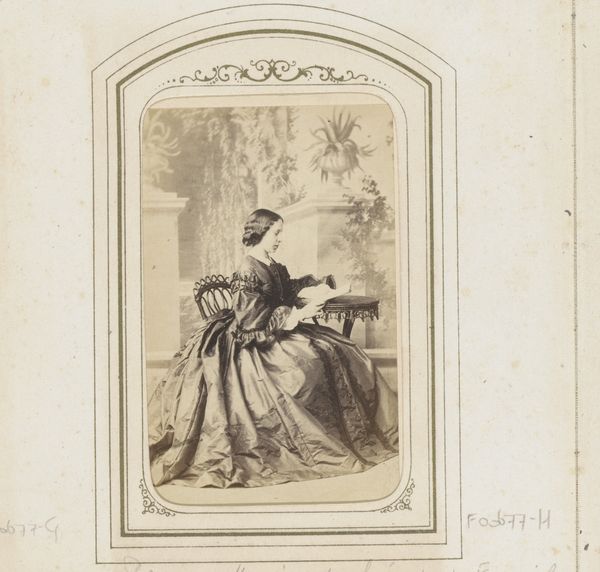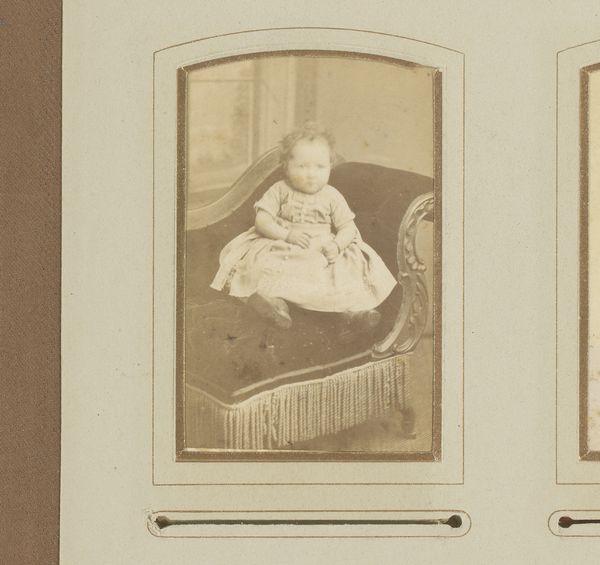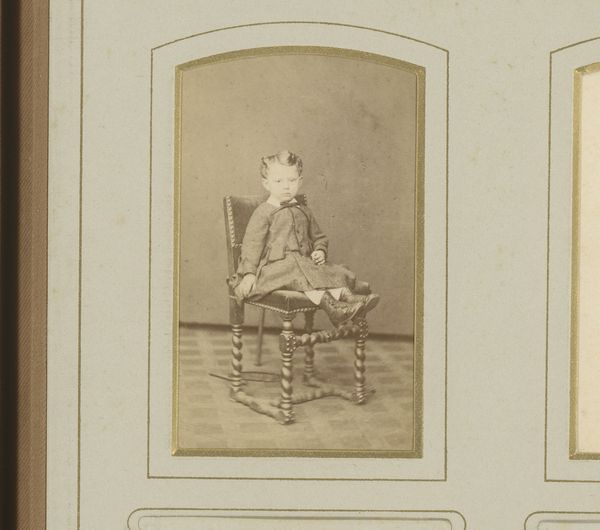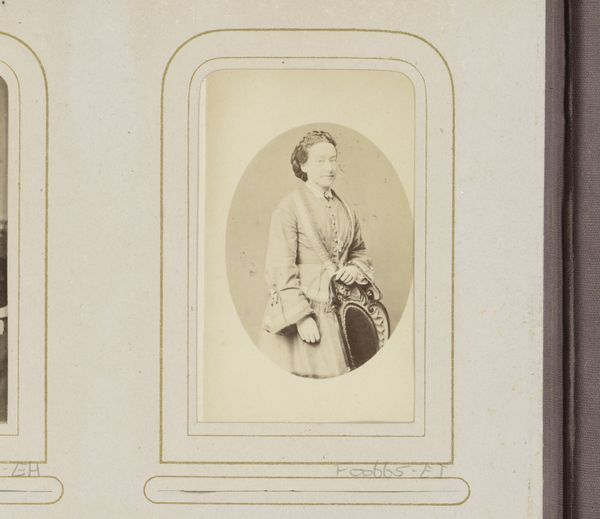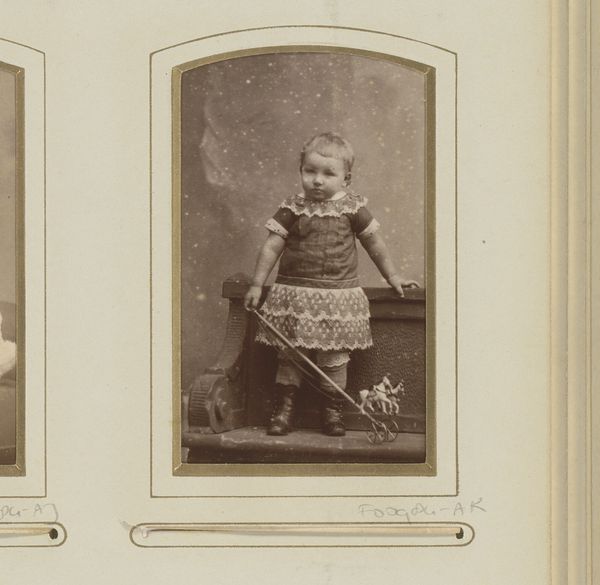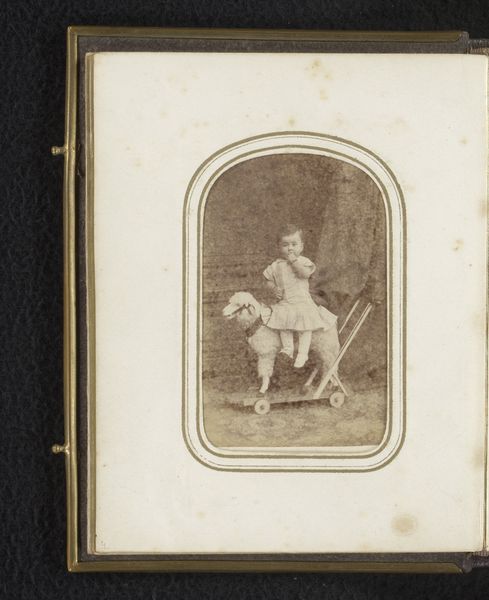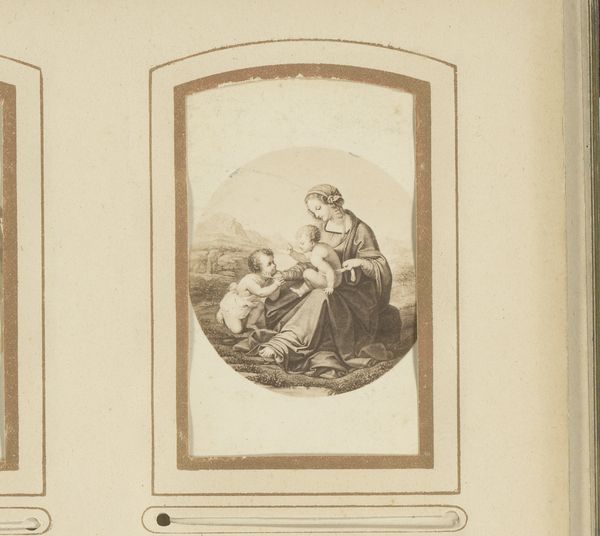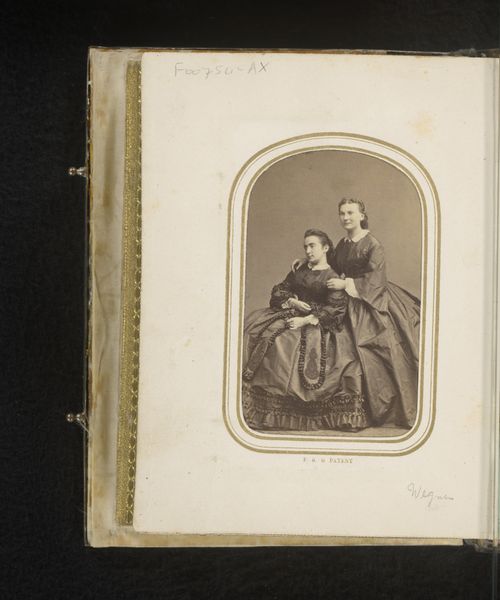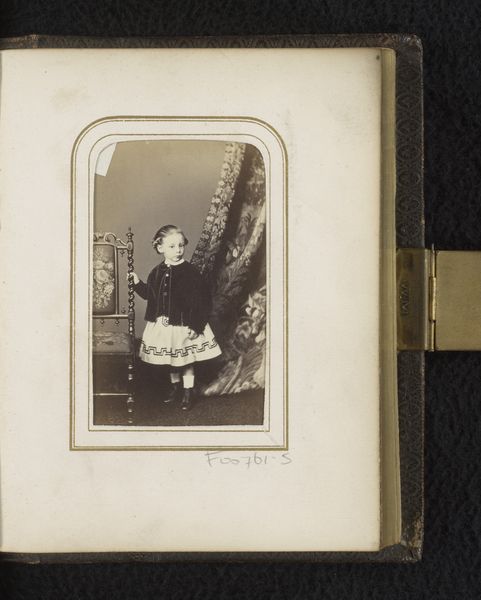
photography
#
portrait
#
photography
#
genre-painting
#
realism
Dimensions: height 82 mm, width 50 mm
Copyright: Rijks Museum: Open Domain
Curator: This is Herman Deutmann's "Portret van een jongen met speelgoedpaard," likely taken sometime between 1892 and 1899. The medium is photography and it's currently held in the Rijksmuseum collection. Editor: The subdued palette lends the portrait an air of quiet solemnity. I’m drawn to the composition, especially how the toy horse mirrors the young boy. It’s more than just a likeness; there's a narrative suggestion at play. Curator: I agree, the somber tones evoke a very specific sensibility tied to the historical era, perhaps due to the process of photographic printing during that period, along with likely limited tonal range compared to modern photography. What interests me, beyond the representational content, is how portraiture was becoming industrialized. Think of the studios mass-producing these images; it shifts photography from solely high art to a form of everyday documentation and social transaction. Editor: Certainly. The toy horse itself speaks volumes. Beyond being a mere object of play, the horse appears throughout mythology and legend and this iteration, albeit miniaturized, hints at themes of adventure, aspiration, and societal expectation – even for a young boy. This toy, held like a trophy, subtly prepares him for his role in the world, you know? Curator: Right, but it's not just about symbolism. Let’s think about the materials involved in the creation of that horse: wood, paint, the craftsmanship itself! It tells a story about production, labor, even trade routes. It would be fascinating to explore similar material qualities and their origins for the fabrics used to create the boy’s suit as well. The whole scene alludes to a complex network of production and consumption that exceeds simply recording an image of a boy in formal attire. Editor: And speaking of formality, his stiff pose and direct gaze almost create a visual tension with the playful innocence the toy represents. It mirrors the social conditioning this young person is subjected to. He presents a controlled outward appearance, but it’s clearly belied by this symbol of untamed imagination held loosely in his grip. It speaks to an internal struggle of individual development. Curator: I think we both agree, then, that behind the immediate aesthetic of a simple photograph, lies complex negotiations. Understanding its symbolism is paramount but always keep its historical material production context at the forefront. Editor: And vice-versa. The context alone doesn’t unlock the narrative depth, we must view objects through a subjective human experience too.
Comments
No comments
Be the first to comment and join the conversation on the ultimate creative platform.
